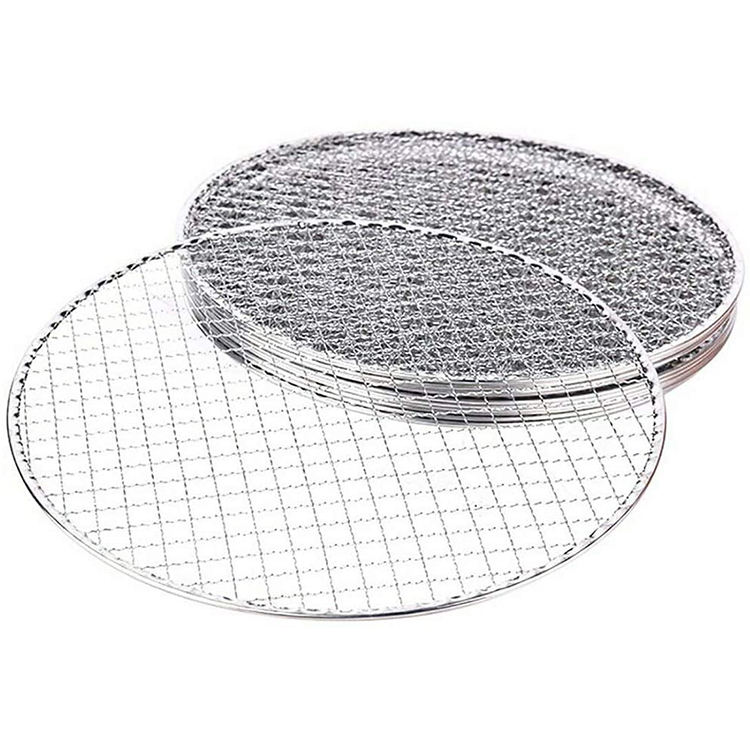Building a Temporary Fence A Step-by-Step Guide
In various scenarios, the need for a temporary fence arises—whether for an outdoor event, construction site, or to contain pets. Temporary fencing provides a practical solution to enhance security, define boundaries, and maintain privacy. Here, we will explore the process of building a temporary fence, detailing the necessary materials, tools, and steps involved.
Materials Needed
Before you begin your project, gather the following materials
1. Fencing Panels These can be made of various materials such as chain link, wood, or vinyl. The choice depends on the purpose of the fence and your budget. 2. Support Posts If you’re using panels, you may need posts to support them. Common options include metal or wooden stakes. 3. Zip Ties or Clamps These will help secure the panels together and attach them to the posts. 4. Ground Stakes These will anchor your fence into the ground, providing stability. 5. Tools You’ll need basic tools such as a hammer, a drill, and a measuring tape for assembly and adjustments.
Planning Your Fence
1. Determine Purpose Understanding why you need a temporary fence is crucial. Are you protecting a construction area, or organizing a festival? This will influence your design and materials. 2. Outline the Area Measure the space where the fence will be installed. Use stakes and string to outline the perimeter. This step ensures that you have a clear vision of the dimensions and boundaries.
3. Check Local Regulations Before proceeding, it’s important to check with local authorities regarding any regulations or permits needed for temporary fences. This can help avoid any fines or removal of your structure later on.
Setting Up Your Fence
1. Install Support Posts If your design includes posts, start by placing them at regular intervals along your outlined perimeter. For added stability, dig small holes (about 1-2 feet deep) for the posts if the ground allows, or use ground stakes that can be hammered directly into the soil.
building a temporary fence

2. Attach Fencing Panels Begin attaching your fencing panels to the support posts. If using chain link or similar materials, secure them with zip ties or clamps. For wooden panels, use screws for a more permanent attachment. Ensure the panels are level and aligned properly.
3. Anchor the Structure To protect against wind and accidental bumps, use ground stakes to secure the bottom of the fence panels. This is particularly important in areas prone to high winds or with foot traffic that could disturb the fence.
4. Check Stability Once all the panels are in place, go around the fence to check for stability. Push on the sides gently to ensure everything holds firm. If any section feels loose, reinforce it with additional stakes or supports.
Maintenance and Safety
While temporary fences are designed to be easy to install and remove, regular checks are important. Inspect the fence periodically for any loose panels or posts, especially after adverse weather conditions. If you're using the fence to contain animals, ensure there are no gaps or weak spots where they could escape.
Disassembly
Once your temporary fencing is no longer needed, it's time to take it down. Begin by removing any anchors, clamps, or ties. Next, carefully disassemble the panels and support posts, ensuring not to damage them so they can be reused in future projects. Store all materials in a dry place to prolong their life for the next time you need to build a fence.
Conclusion
Building a temporary fence is an efficient task that provides numerous practical benefits. With the right planning, materials, and execution, you can create a protective barrier that meets your specific needs. Whether it’s for an event, construction site, or pet containment, following these steps can lead to a successful and secure temporary fencing solution. Always remember to prioritize safety and compliance with local regulations to ensure a smooth fencing experience.
-
Why Galvanized Trench Cover Steel Grating Resists Corrosion
NewsJul.10,2025
-
The Versatility and Strength of Stainless Expanded Metal Mesh
NewsJul.10,2025
-
Load Calculations in Steel Grating Platforms
NewsJul.10,2025
-
Keeping Pets and Kids Safe with Chicken Wire Deck Railing
NewsJul.10,2025
-
Hole Diameter and Pitch for Round Perforated Metal Sheets
NewsJul.10,2025
-
Aluminium Diamond Mesh in Modern Architecture
NewsJul.10,2025
Subscribe now!
Stay up to date with the latest on Fry Steeland industry news.

